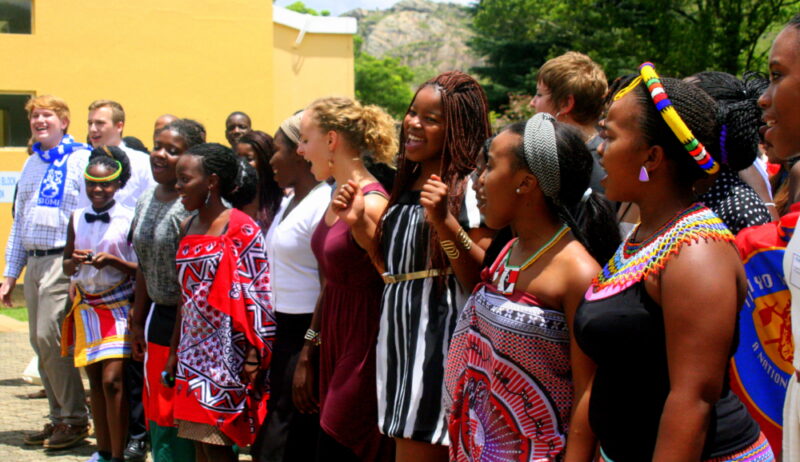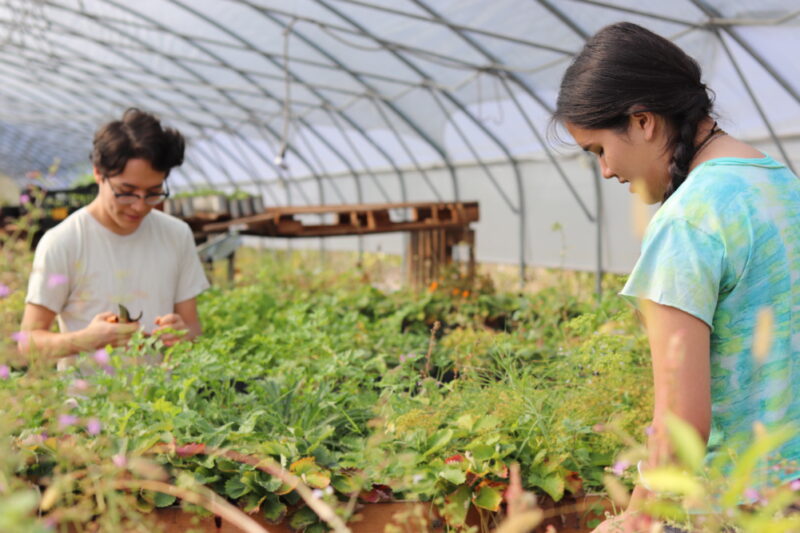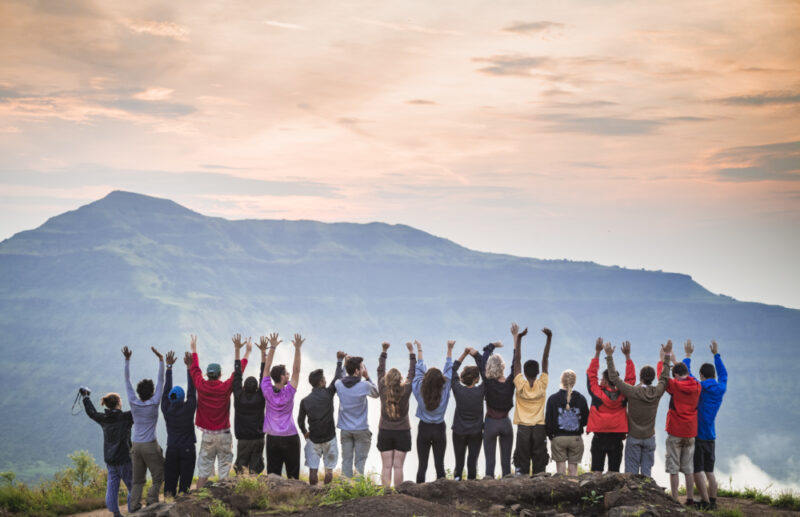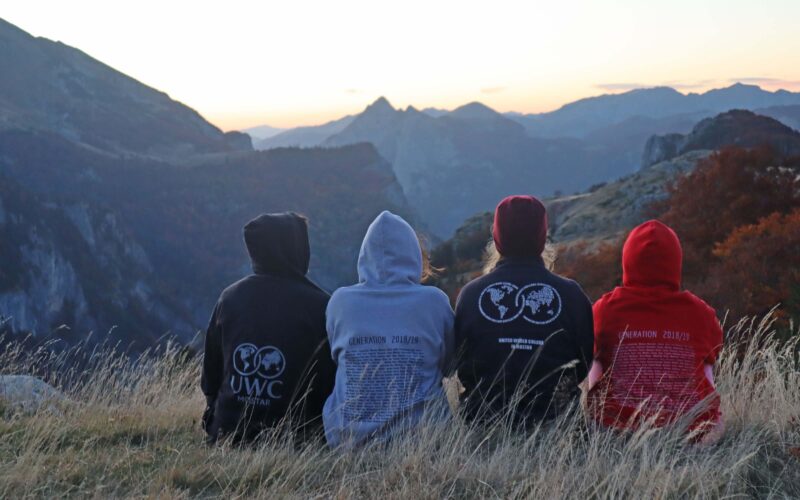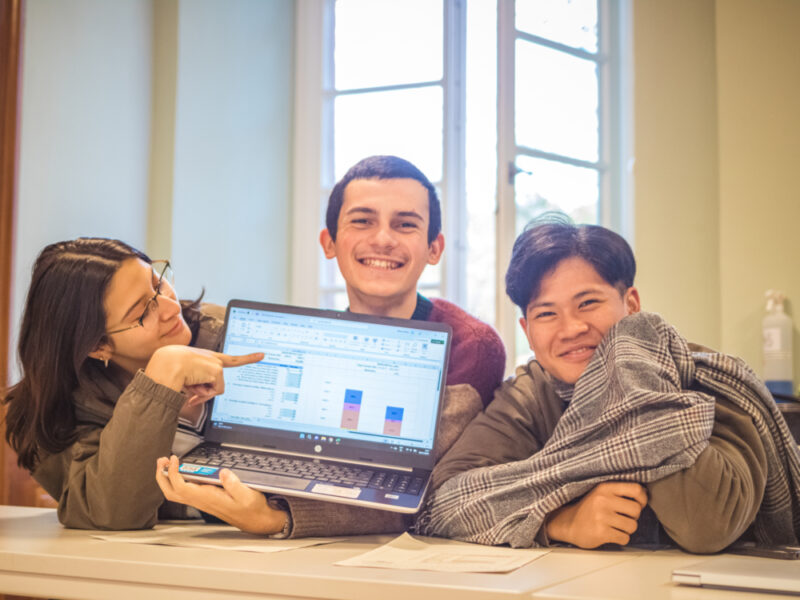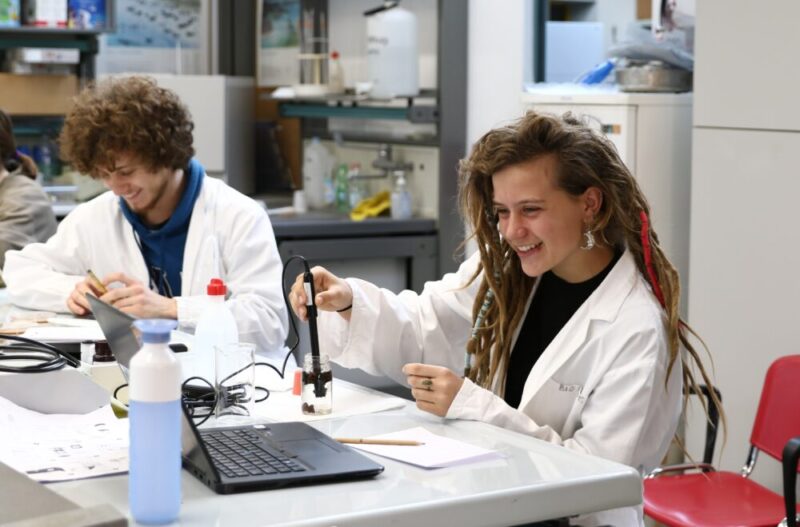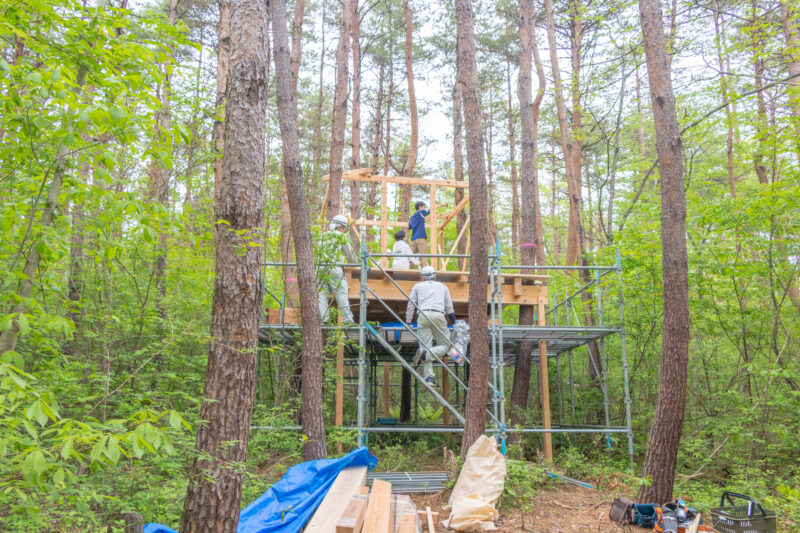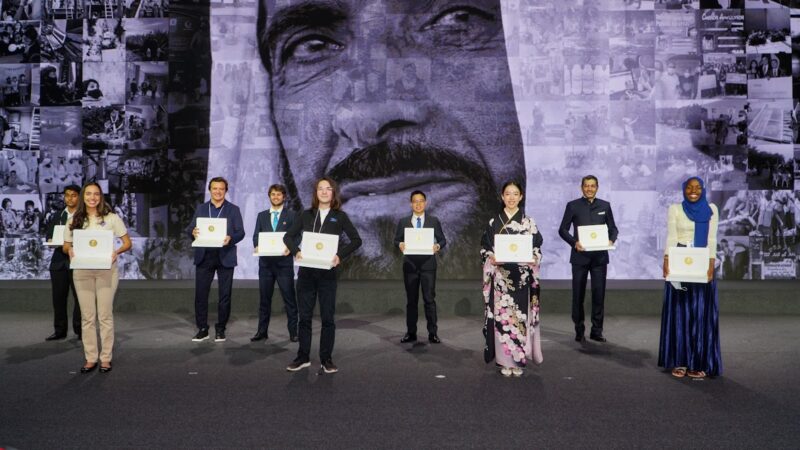UWC ISAK Japan
In Japanese, there is an expression, “shinrinyoku,” which literally means forest bathing. So, for a school built amidst a lush forest at the foot of a volcano in Karuizawa, Japan, we are constantly aware of the beauty of nature and its irreplaceable role in sustaining and enhancing life. Our proximity to nature is one reason why so many of our students have taken leadership roles in driving sustainability initiatives at UWC ISAK Japan.

Since our school first opened as a high school in 2014, our students have led the way. Some notable student-led initiatives include the Forestry Project, where a UWC ISAK student worked with officials from Japan’s Forestry Agency, and Ministry of Agriculture, Forestry and Fishery to sign a 5-year lease of the forest next to campus beginning in March 2019. This provided UWC ISAK Japan with access to 30 hectares of forest adjacent to our campus.
The forest has been used as an educational tool to learn about and practice forest management, foraging, and to serve as a bridge between our school and the local community. The forest is also estimated to capture 60 tonnes of carbon, equivalent to the emission produced by 10000 round trips between our school and the local supermarket. A new generation of students continued this legacy by building a treehouse in the forest as to establish stronger connections with nature and as a venue for gathering and events with both the school community and the local community.
forest has been used as an educational tool to learn about and practice forest management, foraging, and to serve as a bridge between our school and the local community. The forest is also estimated to capture 60 tonnes of carbon, equivalent to the emission produced by 10000 round trips between our school and the local supermarket. A new generation of students continued this legacy by building a treehouse in the forest as to establish stronger connections with nature and as a venue for gathering and events with both the school community and the local community.
At UWC ISAK Japan, we view the Outdoors as a classroom and our Outdoor Education Program focuses on preserving and exploring the natural environment of Japan through outdoor sports and activities. Experiential education activities and outings are on offer almost every weekend.

However, connection to nature isn’t sufficient to ensure environmental protection and sustainability. Our students had bigger dreams: becoming the most sustainable school in Japan. To achieve that goal, they created the Sustainable School Initiative Club and drafted an action plan. In 2022, it won the Zayed Sustainability Prize and allowed our school to secure $100,000 to achieve that plan around three main areas of focus:
- Energy conservation;
- Waste reduction/management;
- Advocacy – facilitate behavioral change in the community.
So far, we have achieved the following:
- Reinforced Window Insulation: Upgraded in the Residence 4 building.
- Motion Sensor Lighting: Installed in three student residences, benefiting 156 students.
- Water Dispensers: Placed in the three primary academic buildings.
- Eco-friendly Drinking: Provided each student and staff member with a reusable water bottle, aiming to reduce PET bottle waste.
- Solar Panel Repairs: Fixed our solar panels on the Gymnasium roof to enhance electricity generation.
- Composting Program: Supplied each student kitchen with sealed ‘vegetable matter collection bins.’ Also, provided large compost bins for each student residence (4 in total).
- Waste Sorting Education: Introduced newly painted bins in all student residences featuring mascots representing different waste categories. Mascots were chosen via a school-wide competition.
- Green Initiatives:
- Established a seed bank.
- Planted insect-repelling plants near the residences.
- Developed a garden of edibles.
- Planted flowers to attract local birds and bees.
The project we are working on at the moment is a large-scale solar legacy project on the roof of the KAC building—our main school building—covering a 39kW array. This system would enable KAC to be run on free solar energy during the day. Any extra electricity would be sold back to the grid. Any electricity needed at night would be purchased back from the grid.
The next step for our school is to integrate sustainability in everything we do and keep the momentum going.


